| [1]兰泽栋,林珠,龙红月,等.支抗种植体长度对骨界面应力分布的影响[J].中国口腔种植学杂志,2003,8(3):112-115.[2]Jensen OT,Adams MW,Smith E.Paranasal bone: the prime factor affecting the decision to use transsinus vs zygomatic implants for biomechanical support for immediate function in maxillary dental implant reconstruction.Int J Oral Maxillofac Implants.2014;29(1):e130-138. [3]张扬,张丹,冯翠娟.微小种植体正畸支抗生物力学的三维有限元分析[J].上海口腔医学,2005,14(3):281-283.[4]Lee HS, Choi HM, Choi DS,et al.Bone thickness of the infrazygomatic crest area in skeletal Class III growing patients:A computed tomographic study.Imaging Sci Dent. 2013;43(4):261-266.[5]王震东,王林,倪晓宇,等.不同长度微种植体支抗应力差异的三维有限元研究[J].口腔医学,2005,25(2):96-97.[6]刘慧娟.微种植体支抗后退整个上牙列时平面改变的三维有限元研究[D].中国医科大学,2012.[7]Lee HS,Choi HM,Choi DS,et al.Bone thickness of the infrazygomatic crest area in skeletal Class III growing patients: A computed tomographic study.Am J Orthod Dentofacial Orthop.2012;141(3):345-351. [8]陈立艳,刘志杰,苑芳连,等.颧压槽嵴区骨宽度及皮质骨厚度的CBCT测量分析[J].口腔医学研究,2017,33(6):637-641.[9]Lee NK,Baek SH.Stress and displacement between maxillary protraction with miniplates placed at the infrazygomatic crest and the lateral nasal wall: a 3-dimensional finite element analysis.Am J Orthod Dentofacial Orthop. 2012;141(3): 345-351.[10]张翼,张磊,樊瑜波,等.微植体支抗滑动法内收上颌前牙的三维有限元研究[J].华西口腔医学杂志,2009,27(5):557-560.[11]Hung KF,Ai QY,Fan SC,et al.Measurement of the zygomatic region for the optimal placement of quad zygomatic implants.Clin Implant Dent Relat Res.2017;19(5):841-848.[12]李琦.上颌骨微植体支抗正畸矫治系统数值分析研究[D].重庆医科大学,2007.[13]艾林,丁伟,倪龙兴.有限元法与口腔生物力学[J].临床口腔医学杂志,2005,21(5):318-319.[14]Butterworth CJ,Rogers SN.The zygomatic implant perforated (ZIP) flap: a new technique for combined surgical reconstruction and rapid fixed dental rehabilitation following low-level maxillectomy.Int J Implant Dent.2017;3(1):37. [15]毕振宇,刘阳,黄文华.有限元分析法在口腔生物力学领域的应用[J].解剖科学进展,2009,15(4):427-431.[16]Coppedê A,de Mayo T,de Sá Zamperlini M,et al.Three-year clinical prospective follow-up of extrasinus zygomatic implants for the rehabilitation of the atrophic maxilla.Clin Implant Dent Relat Res.2017;19(5):926-934.[17]车蓓,张昊,钱才梅,等.不同垂直骨面型安氏II类1分类错颌患者颞下颌关节三维形态结构的比较[J].中华口腔医学杂志, 2014, 49(7):399-402.[18][胡丽,林久祥,陈莉莉.基于颈椎骨龄定量分期法的安氏II类I分类错颌畸形患者最佳矫形时机的探讨.[J].临床口腔医学杂志. 2013,29(3):131-134.[19]陈文君,于海涛,古力巴哈买买提力.不同功能矫治安氏II类错颌下颌支抗丧失的对比研究[J].新疆医科大学学报, 2014,37(10): 1366-1368.[20]胡铮,谢雨菲,陆佩珺,等.颧牙槽嵴区域骨密度厚度的锥形束CT测量分析[J].国际口腔医学杂志,2014,41(3):281-285.[21]Billiet T,de-Pauw G,Dermaut L.Location of the centre of resistance of the upper dentition and the nasomaxillary complex:An Experimental study.Eur J Orthod. 2011;23(3): 263-273.[22]Chung Gm,Sung SJ,Lee LJ,et al.Finite element investigation of the center of resistance of the maxillary dentition korean J Orthod.2009;39(1):83-94.[23]Mozzati M,Mortellaro C,Arata V,et al.Rehabilitation with 4 zygomatic implants with a new surgical protocol using ultrasonic technique.J Craniofac Surg.2015,26(3):722-728.[24]Jensen OT, Adams MW, Smith E.Paranasal bone: the prime factor affecting the decision to use transsinus vs zygomatic implants for biomechanical support for immediate function in maxillary dental implant reconstruction.Int J Oral Maxillofac Implants.2014;29(1):e130-138.[25]Lee HS,Choi HM,Choi DS,et al.Bone thickness of the infrazygomatic crest area in skeletal Class III growing patients: A computed tomographic study.Imaging Sci Dent. 2013;43(4): 261-266.[26]Lee NK,Baek SH.Stress and displacement between maxillary protraction with miniplates placed at the infrazygomatic crest and the lateral nasal wall: a 3-dimensional finite element analysis.Am J Orthod Dentofacial Orthop. 2012;141(3): 345-351[27]Ishida Y,Ono T.Nonsurgical treatment of an adult with a skeletal Class II gummy smile using zygomatic temporary anchorage devices and improved superelastic nickel-titanium alloy wires.Am J Orthod Dentofacial Orthop. 2017;152(5): 693-705.[28]Benatto GB,Bueno CRS,Curvello VP,et al.Management of Zygomatic Fixture Complication Case Using Extra-Short Implants.J Craniofac Surg.2017;(8):e797-e799. |
.jpg)
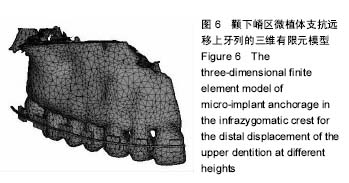
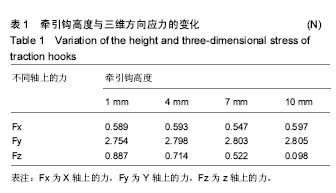
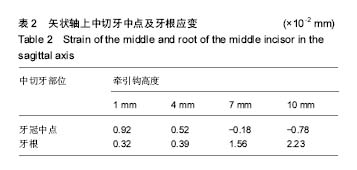
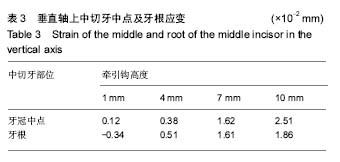
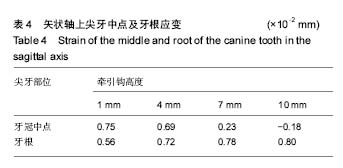
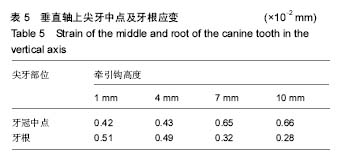
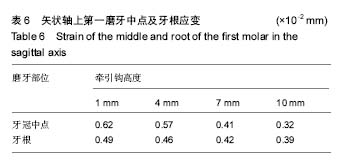
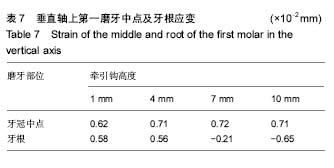
.jpg)
.jpg)
.jpg)
.jpg)
.jpg)
.jpg)